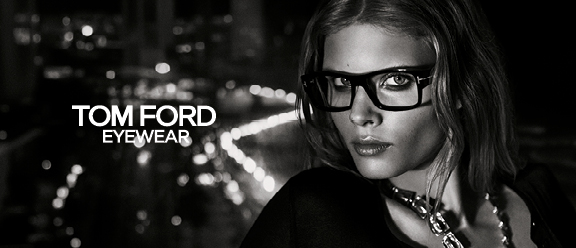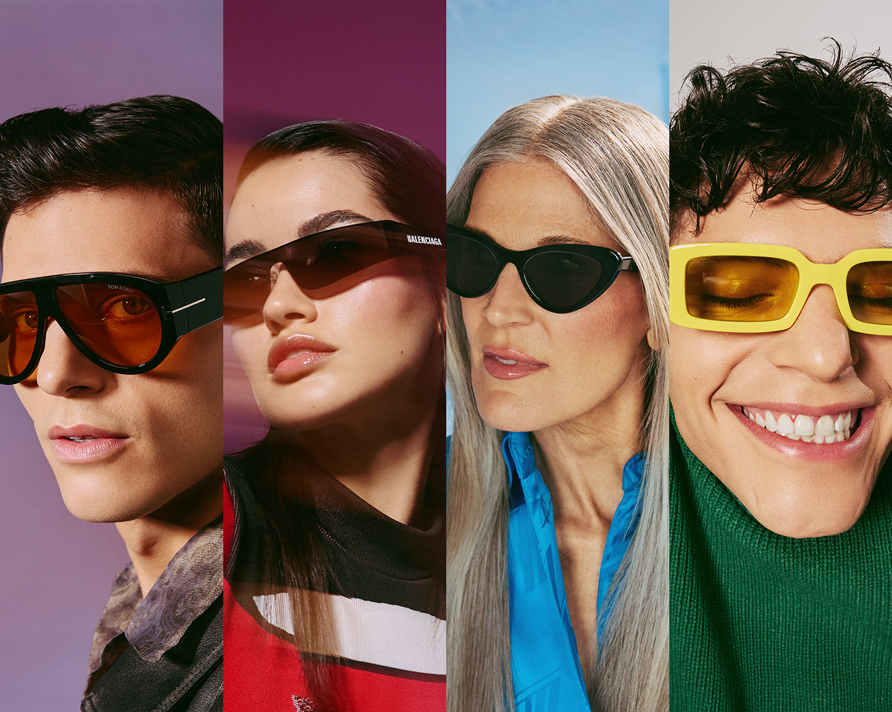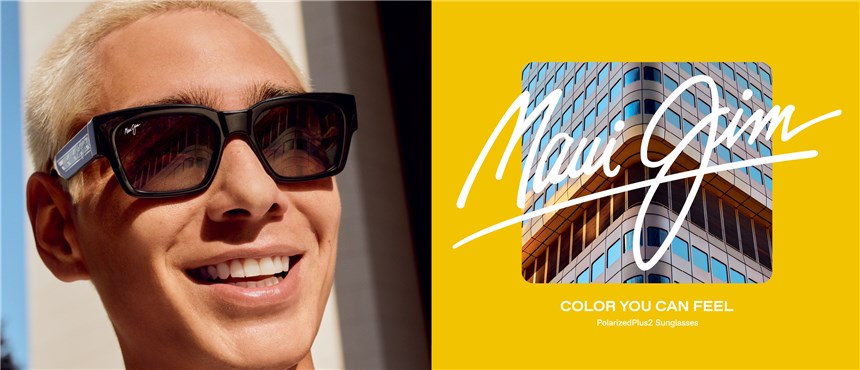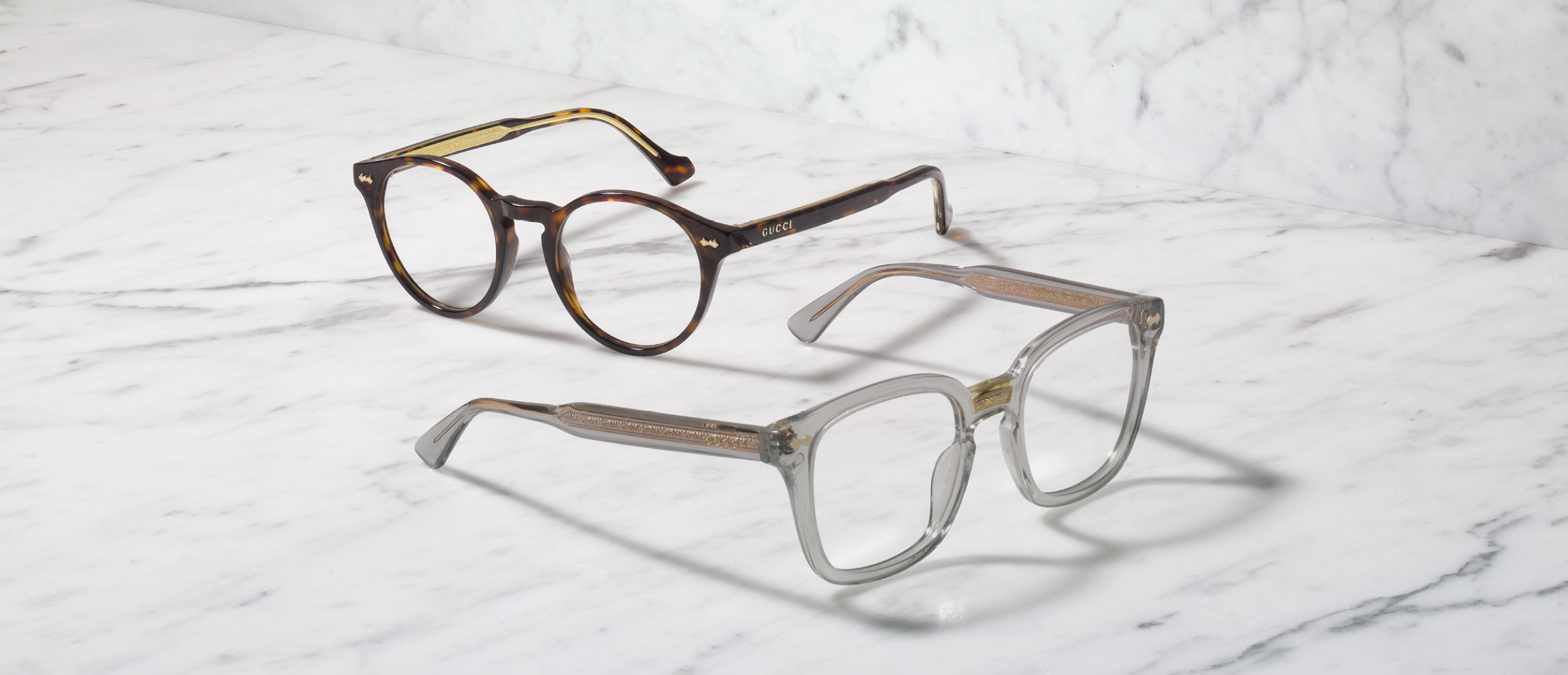Any other questions?
Our optician team will be pleased to advise youMYOPIA IN THE DIGITAL AGE
Why Has Myopia Become So Prevalent among Digital Natives?
A recent study by the University of New South Wales predicts that half of the population will be myopic by 2050. [1] Why is that?
People from rich, industrial countries in particular are becoming increasingly myopic – especially in Asia, and also more frequently in Europe. In addition, the number of young people affected is on the rise. [2] Is the growing use of PCs, tablets, and smartphones to blame?
- Digital Lifestyle
- How Does Our Digital Lifestyle Affect Our Eyesight?
- Who Is Most Affected by Myopia?
- Looking to the Future: What Will Our Vision Be Like in 2050?
- What Can You Do for Your Eyes?
Screen work and a lack of daylight are linked to myopia
Even though in 50% of cases, genes are the decisive factor in the development of myopia, our digital lifestyles and working environments are increasing the likelihood of becoming short-sighted. A lack of daylight is an additional factor in its development. Both world and nationwide, the number of short-sighted people is rising, with the generation of digital natives comprising the largest share. Since first contact with digital interfaces is taking place earlier and earlier, more children are suffering from myopia than ever before, and the effects of the disorder usually last a lifetime.
How technology can help protect our eyes
Digital change is not only the cause of the problem, it also offers solutions. New technology is emerging to protectour eyes and counteract short-sightedness.
Digital Lifestyle
The internet and especially smartphones have become an integral part of everyday life – both in the home and at work.
Students and young professionals are online every day
An increasing number of people have access to the internet and are using it regularly. Only 8.4% of all adults in the UK are classified as total "offliners". Looking at the age group between 16 and 34, nearly everybody (99%) regularly uses the internet. [3] Smartphones play an important role in this trend.
Social media over face-to-face communication, the rise of digital newspapers: these latest figures show just how digital our lives have become:
Social media
There are 63 million internet users in the UK, 44 million of whom were active social media users in 2018 – 5% more than in 2017. [4]
Daily newspapers
The number of print copies sold is declining for all major daily newspapers. The Daily Mail’s sales were down 13% on the previous year. The Daily Mirror also sold 13% fewer copies. Likewise, The Sunday Mirror also saw a similar drop of 16%, with the Daily Telegraph losing 27% of its total print newspaper sales. [5]
Simultaneously, the number of myopic people, especially within the generation of digital natives, has risen dramatically. Consequently, scientists are researching the link between our digital lifestyle and the rise of myopia.
How Does Our Digital Lifestyle Affect Our Eyesight?
Firstly, what is myopia? For someone with myopia, it is difficult to see things clearly at a distance. The focal point, i.e. the point in the eye where incoming light rays are accumulated to form an image, is not found directly on the retina, but in front of it. Perceived objects are therefore only processed as a blurred image. [6]
This can have several causes. Dr. Oliver Leick, an ophthalmologist, summarises the three main factors:
"The genetic factor is clearly the largest, followed by near work, which is playing an increasingly important role due to its growing prevalence. Then there is the lack of daylight." [7]
Even though we are born slightly farsighted, the human eye adapts to existing working conditions. Several studies suggest that myopia is associated with an increase in the amount of near work students are expected to undertake. [8]
Near work activities and the lack of daylight represent a double burden.
Both the Brien Holden Vision Institute and The Singapore Eye Research Institute investigated the influence of artificial lighting in the work environment on our eyes. [9] According to the study, people with office jobs are faced with a double exposure: close work in combination with artificial light increases the strain on the eyes, which further increases their susceptibility to myopia.
Staring at a screen in a concentrated, long-term manner also promotes signs of fatigue and consequently encourages the eyes to become increasingly dry, as blinking occurs much less frequently or incompletely when working close to the screen. [10] Poor office ventilation or air conditioning additionally accelerates this process. [11]
Digital Natives Are Especially at Risk
In Europe, digital natives are most often affected by myopia. Nearly half of all people between the ages of 25 and 29 are short-sighted. The second largest group are those between 35 and 44.
Amongst the older generations, the percentage of those with myopia decreases. [12] Scientists think that this is related to young people nowadays having longer educational paths which lead to an increase in both more visual display unit (VDU) and near work. Office workers in the UK spend 1,700 hours a year in front of a computer screen. [13] Students, young employees, office workers and high-income earners undertake a great deal of near work and are therefore more likely to develop myopia.
Studies link educational status to myopia
Several cohort studies reflect that instances of myopia are interrelated with schooling and vocational training. More than half of all European university graduates are short-sighted (53%). By comparison, only just under a quarter (24%) of people in Europe with no formal training or higher education wear glasses. [14]
The number of myopic children is on the rise
The development of myopia usually begins at primary school age [15], so it is essential to note those first, early interactions with digital devices when investigating young-onset myopia. As screen time increases, time spent outside in daylight decreases, which is also further associated with the development of myopia. [16]
However, the rise in myopia is a global phenomenon. In East Asia in particular, the proportion of short-sighted students has risen sharply in the last few decades. A recent study from China shows that 90% of their students are short-sighted.[17]
Looking to the Future: What Will Our Vision Be Like in 2050?
Digital natives and people who frequently work in front of a screen will have an increasing number of eye problems in the future. The fact that we are starting to utilise digital devices earlier is a further detrimental factor to consider.
By 2050, every second person in the world will be short-sighted. [18]
In view of this ongoing trend and the increasing stress on our eyes, it is vital to start taking more proactive care of our eye health. There are already a great variety of blue-light-reducing glasses on the market and, with regards to optics, they only slightly differ from glasses with normal lenses. An additional coating on the lens ensures that blue radiation with harmful wavelengths above 400 nanometres does not penetrate the glass – thus protecting the eye. [19]
Digitisation can help encourage proactive eye healthcare.
Research into long-term digital diagnostic solutions is focused on facilitating and improving vision in everyday life and in the future. One of the most exciting innovations is a retinal scan algorithm: it is designed to identify abnormalities and deviations in the eye so that diseases can be detected quickly and effectively.
How Can We Protect Our Eyes?
The development of myopia is a gradual process that often goes unnoticed for long periods of time. While frequent headaches, fatigue and eye irritation can be important symptoms of vision deterioration, our body does not always register these alarm signals. Because our retina doesn’t feel pain, the eye fails to send any warning signals when overloaded. It is therefore all the more important to have your vision checked regularly – especially if you do a lot of close work.
It is advisable to have an eye test performed every two years.
In addition to regular vision tests, there are many other ways in which we can strengthen our vision and prevent myopia – even if only partially. We asked a group of experts what we can do to support our sight in everyday life.
Interruptions of close work
"The rate of blinking decreases with the difficulty of a task. This can lead to irregularities in the tear film and in acute cases, to reduced visual acuity and in the longer term, to the general impairment of overall eye health.
Conscious blinking can give the eyes some relief.
Regular blinking is a useful way to wet the surface of the eye so that the tear film can once again be evenly distributed. However, blinking is not directly linked with myopia, but rather with occupational health and aspects of ergonomics."
|
Dr. Detlev Breyer, ophthalmic surgeon [augenchirurgie.clinic] |
 |
"If you undertake a lot of close-up work looking at a screen, you should also give your eyes some small breaks in the workplace. Staring in a concentrated manner at a monitor reduces the blink rate and promotes dry eyes. Closing your eyes for a longer period of time is more effective than frequent blinking.
Close your eyes about once an hour for 15 to 30 seconds.
Imagine a sponge being held under water: only after several seconds does it really become fully saturated. The same also applies to our eye tissue: by closing our eyes for longer periods of time, they can soak up more tear fluid and thus become sufficiently moist again."
|
Prof. Dr. Thomas Neuhann, Professor of Ophthalmology [neuhann.de] |
 |
Moistening and medical eye drops
"Rewetting eye drops – applied once or several times a day – can prevent the cornea from drying out and can also be permanently used without any additional problems. Preservative-free drops are especially recommended for frequent use.
In children, atropine eye drops can reduce near-sightedness and the onset of myopia.
In contrast to rewetting eye drops, medical eye drops (atropine 0.01%) must be prescribed by a doctor and may only be applied after information concerning possible risks and side effects have been provided. They can inhibit the progression of short-sightedness in children and adolescents during daily evening use over a period of several years – but there is no guarantee that this will happen."
|
Dr. med. Oliver Leick, ophthalmologist [augenaerzte-leick.de] |
 |
Time spent in daylight
"Time spent outdoors is important for our eyes. In particular, children should spend at least one hour a day outdoors to inhibit the development of myopia.
Time spent outdoors is the most scientifically proven method for the prevention of myopia.
However, for (young) adults, time spent outdoors also represents a relaxing antidote to the deluge of close-range, screen-based images to which they are continually subjected to everyday. It can help against fatigue, prevent the eye surface from drying out and improve overall visual comfort. During the time spent outdoors, you should make a conscious effort to look frequently at objects in the far distance."
|
Prof. Dr. Thomas Neuhann, Professor of Ophthalmology |
 |
A healthy workplace
"As a general rule, those who perform a lot of work in front of a screen should do so on a larger monitor. A small monitor is not suitable for reading a lot of text. Furthermore, the screen should be correctly aligned. This means that it should be neither too high nor too low. For orientation: the upper edge should be at eye level. The correct distance from the eye to the monitor should be between 45 and 70 centimetres.
In principle, it is the employer's job to ensure suitable conditions at the workplace – this also applies to our eye health.
In addition to overhead artificial lighting, appropriate lighting conditions in the workplace should also include access to a sufficient amount of daylight. In other words, the office should be equipped with sufficient windows. Apropos windows: workspaces should be regularly ventilated – this is also good for the eyes as air conditioning can dry them out. Rooms in which the air conditioning systems are anchored to the floor and not to the ceiling are particularly harmful. This should be taken into account by the employer. Digitisation not only challenges our eyes – companies will also have to pay more attention to an eye-friendly working environment in the future."
|
Gabriele Kahl, life & business coach [gabrielekahl.com] |
 |
Optimum lighting conditions in the office
"With regular exposure, light that is blinding at work can lead to inflammation and damage to the eye. Try to prevent direct light from reflecting off your screen, whether from artificial or sunlight. Another disturbing factor is the high blue light component of digital devices, especially in the evening. Since blue light has a similar effect on the eye as daylight, the production of the sleep hormone melatonin is inhibited, and sleep disorders are consequently promoted.
The disturbance factor of blue light: use special glasses or free apps to switch to a warm, yellowish light.
If you use digital devices in the evening, make sure to switch on other (not too bright) light sources in the room – this is less stressful for the eye. Do you want to give your eyes time to relax after staring at a screen, but you just don't have time for a walk? Then continually let your gaze wander into the distance: from the window into the far green horizon, or simply to the other end of the room."
|
Christiane Werzowa, expert in colour and lighting design [choramlight.com] |
 |
The right ventilation
"Even at a humidity level of less than 40%, eye irritation and a reduction in the tear film can occur, which in turn leads to the cornea becoming irritated and itchy. The dry draft of an air conditioner can aggravate such irritations.
An air humidity level of over 40% helps increase the tear film on the cornea.
Heating also removes moisture from the air. In general, a well-ventilated room should always be aimed for, as fresh air contains a lot of moisture. A relative value of 50% at 20 degrees Celsius is proscribed as the optimum air humidity level."
|
Roman Uminski, sales representative [luftking.de] |
 |
Relaxation through eye yoga
"Eye yoga is the mindful training of the eye muscles, for example, by focusing on different points closer and further away. In combination with calm, steady breathing, we can strengthen and relax the entire nervous system through the eyes.
Move the eyes in all directions.
Like all the muscles in the human body, the eye muscles are designed to move in all possible directions. In order to use their full potential and to keep them healthy, it is important to train the eyes with special exercises, especially with regards to one-sided strain."
|
Sukadev Volker Bretz, yoga teacher [yoga-vidya.de] |
 |
"Reduce the time spent in front of screens (computers, smart phones, televisions) as it can cause the eyes to strain and thus weaken your eyesight. If you cannot reduce the time spent in front of a screen, use eye lubrication drops and every 20 minutes, close your eyes for 20 seconds to allow them time to relax.
Perform an eye exercise called 'palming': sit in a relaxed position, close your eyes and cup both of your eyes with the palms of your hands – but without pressing your hands against your eyes. Ensure that your eyes are not being exposed to any light, relax and open your eyes periodically. Hold this position for 3-5 minutes.
Aim to take a short break every 20 minutes, if you can.
Consider an eye exercise called 'focus switching': sit in a relaxed position, hold something containing small letters, e.g. a book or newspaper, at reading distance. Cover one of your eyes with the palm of your hand but keep it open. Pick out a single letter and trace the shape of that letter with your eye for three seconds. Look up and focus on an object or letter that is at least 20 feet away (six metres)."
|
Sarah Highfield, yoga teacher [yogagise.com] |
 |
A healthy diet
"A balanced diet and absorbing the right amount of liquids are important for the entire body and therefore also our eye health. After all, our eyes are supplied with all their important nutrients via the bloodstream: vitamins A, C and E, beta-carotene, zinc, omega-3 fatty acids as well as lutein and zeaxanthin. The last two in particular have a strong antioxidant effect and protect the sensitive photoreceptors. Age-related macular degeneration (AMD) can even be demonstrably slowed by these nutrients.
The nutrients lutein and zeaxanthin are found predominantly in green, leafy vegetables such as kale, spinach or broccoli.
Even if a healthy diet always has a positive effect on our health, the effect on our eyes is still limited – unfortunately short-sightedness can not be prevented or reduced by the influence of a healthy diet."
|
Dr. Svenja Stein, nutritional expert [ernaehrung.blog] |
 |
Landing Page Sources:
[1] aaojournal.org/article/S0161-6420(16)00025-7/abstract [2] nature.com/news/the-myopia-boom-1.17120 [3] www.ons.gov.uk/businessindustryandtrade/itandinternetindustry/bulletins/internetusers/2018 [4] blackdognewmedia.co.uk/digital/digitaluk2018/ [5] www.pressgazette.co.uk/national-newspaper-online-abcs-web-figures-in-double-digit-drop-as-print-circulation-falls-across-the-board/ & https://www.pressgazette.co.uk/abc-increased-bulks-help-telegraph-become-only-uk-newspaper-to-increase-circulation-in-november/ [6] www.misterspex.co.uk/glasses-guide/short-sightedness [7] Dr. med. Oliver Leick, Facharzt für Augenheilkunde [8] www.ncbi.nlm.nih.gov/pmc/articles/PMC4618477/ [9] www.aaojournal.org/article/S0161-6420(16)00025-7/abstract [10] www.zeiss.com/vision-care/int/better-vision/understanding-vision/blue-light-the-good-and-the-bad.html [11] Gabriele Kahl, Business Coach [12] ncbi.nlm.nih.gov/pmc/articles/PMC4385146/pdf/10654_2015_Article_10.pdf [13] www.independent.co.uk/news/uk/home-news/office-workers-screen-headaches-a8459896.html [14] www.sciencedirect.com/science/article/pii/S0161642014003649 [15] www.nhs.uk/conditions/short-sightedness/ [16] www.ncbi.nlm.nih.gov/pubmed/23644222 [17] bmcophthalmol.biomedcentral.com/articles/10.1186/s12886-018-0829-8 [18] aaojournal.org/article/S0161-6420(16)00025-7/abstract [19] www.misterspex.co.uk/glasses-guide/blue-light-filter-glassesInfographic Sources:
[1] www.ons.gov.uk/businessindustryandtrade/itandinternetindustry/bulletins/internetusers/2018 [2] www.ons.gov.uk/businessindustryandtrade/itandinternetindustry/bulletins/internetusers/2018 [3] www.pressgazette.co.uk/national-newspaper-online-abcs-web-figures-in-double-digit-drop-as-print-circulation-falls-across-the-board/ & https://www.pressgazette.co.uk/abc-increased-bulks-help-telegraph-become-only-uk-newspaper-to-increase-circulation-in-november/ [4] blackdognewmedia.co.uk/digital/digitaluk2018/ [5] www.independent.co.uk/news/uk/home-news/office-workers-screen-headaches-a8459896.html [6] ukom.uk.net/insights/87-how-much-time-do-people-spend-online-each-day.php [7] www.misterspex.co.uk/glasses-guide/short-sightedness [8] ncbi.nlm.nih.gov/pubmed/23644222 [9] www.ncbi.nlm.nih.gov/pubmed/23396134 [10] www.ncbi.nlm.nih.gov/pmc/articles/PMC4618477/ [11] ncbi.nlm.nih.gov/pubmed/23644222 [12] ncbi.nlm.nih.gov/pmc/articles/PMC4385146/pdf/10654_2015_Article_10.pdf [13] nature.com/news/the-myopia-boom-1.17120 [14] bmcophthalmol.biomedcentral.com/articles/10.1186/s12886-018-0829-8 [15] www.ncbi.nlm.nih.gov/pmc/articles/PMC4385146/pdf/10654_2015_Article_10.pdf [16] www.nhs.uk/conditions/short-sightedness/ [17] cdn.nmc.org/media/2014-nmc-horizon-report-EU-EN.pdf [18] www.researchgate.net/publication/24002702_Outdoor_activity_and_myopia_in_Singapore_teenage_children [19] www.college-optometrists.org/the-college/media-hub/news-listing/nicer-myopia-children.html [20] nature.com/news/the-myopia-boom-1.17120 [21] www.sciencedaily.com/releases/2016/02/160217113308.htm [22] www.aaojournal.org/article/S0161-6420(16)00025-7/abstract [23] www.aaojournal.org/article/S0161-6420(16)00025-7/abstract [24] www.aaojournal.org/article/S0161-6420(16)00025-7/fulltext [25] www.misterspex.co.uk/glasses-guide/blue-light-filter-glasses [26] www.theverge.com/2018/8/13/17670156/deepmind-ai-eye-disease-doctor-moorfieldsInfographic Pictures:
Flaticon, flaticon.com
- Zlatko Najdenovski, flaticon.com/authors/zlatko-najdenovski
- Icon Works, flaticon.com/authors/icon-works
- Gregor Cresnar, flaticon.com/authors/gregor-cresnar
- Smashicons, flaticon.com/authors/smashicons
- Turkkub, flaticon.com/authors/turkkub
Freepik, freepik.com
- Designed by Katemangostar / Freepik
- Designed by eightonesix / Freepik
- Designed by rawpixel.com / Freepik
- Designed by Freepik
- Designed by makyzz / Freepik
- Designed by iconicbestiary / Freepik
- Designed by Vextok / Freepik
Glasses
Sunglasses
Contact Lenses






